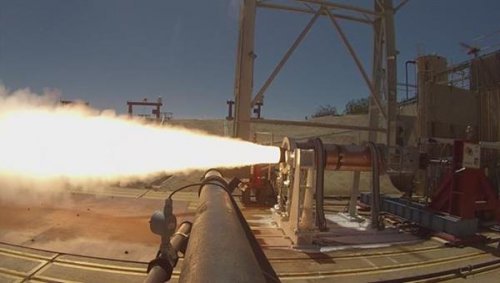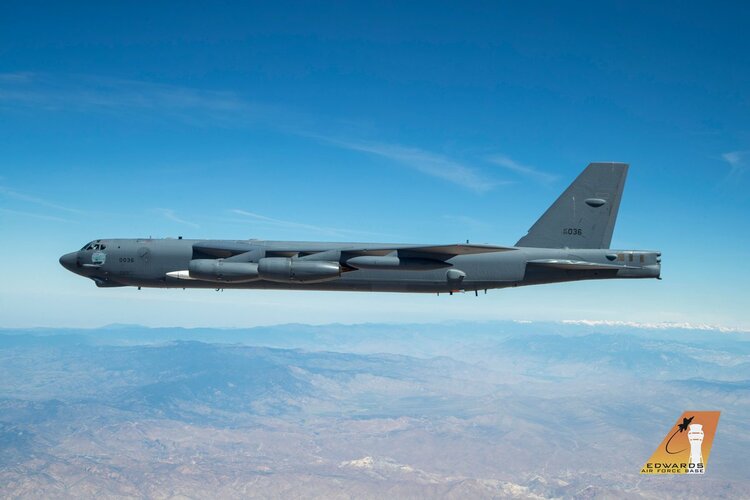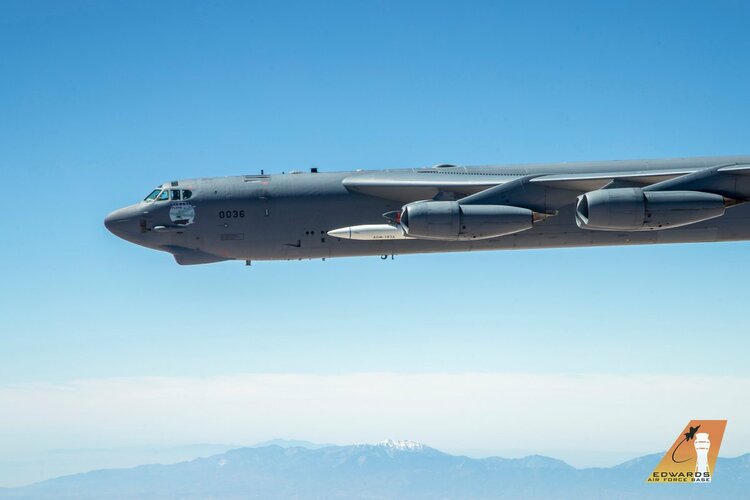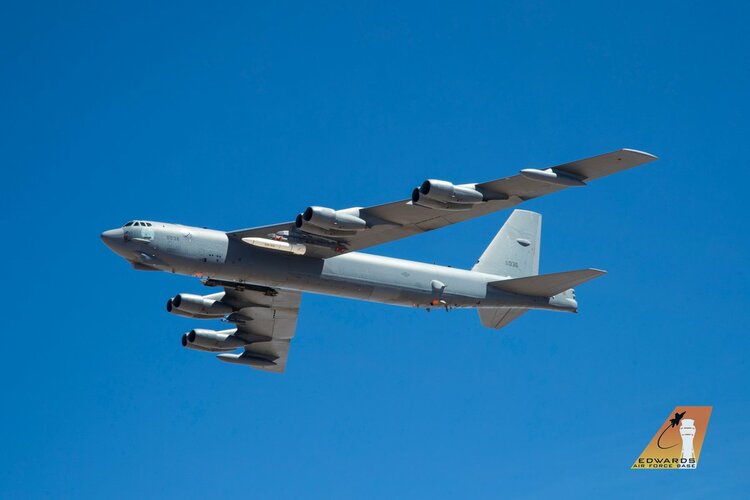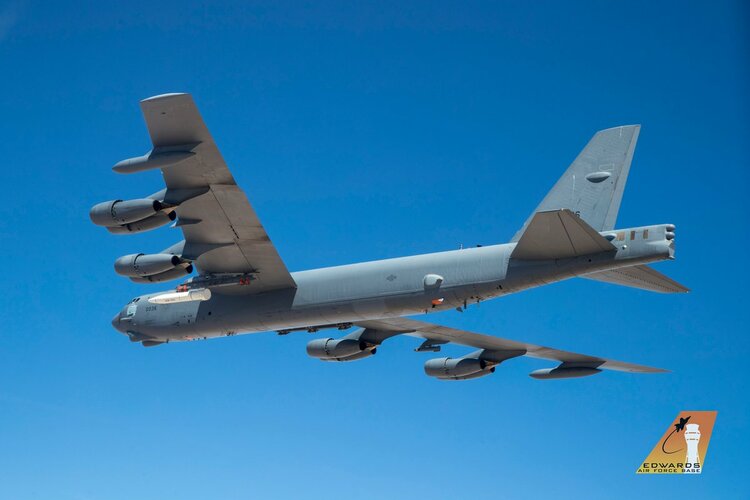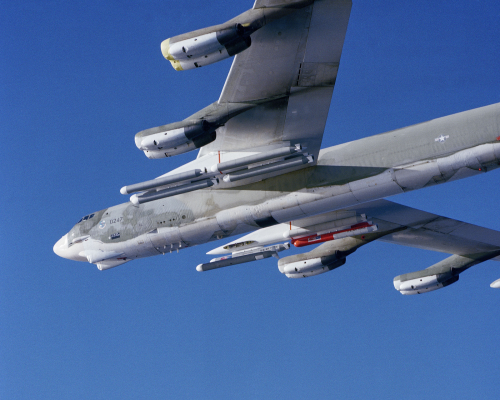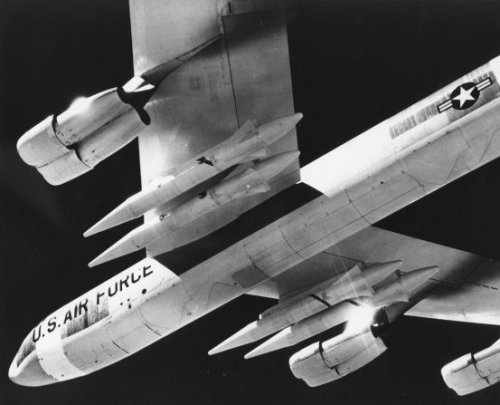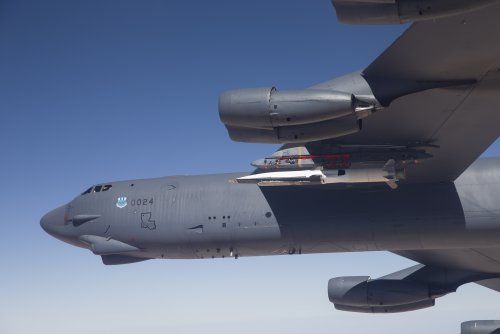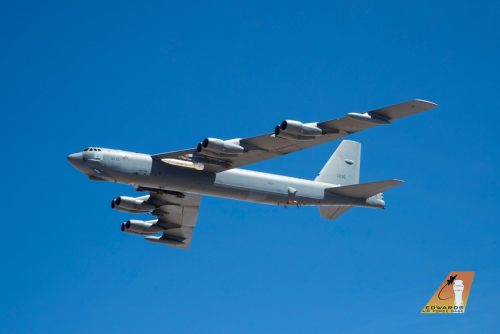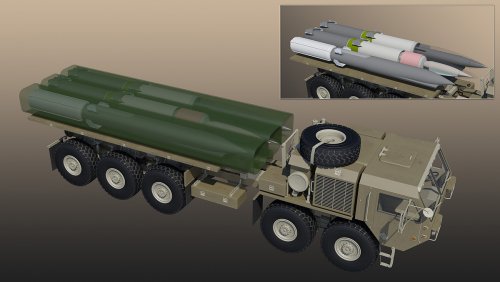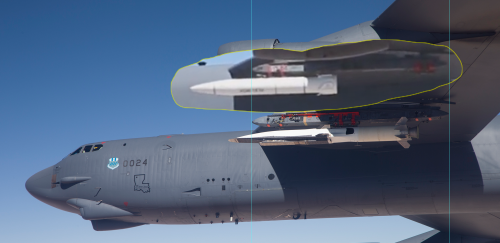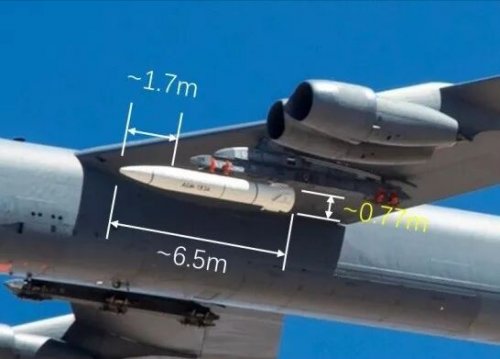- Joined
- 4 July 2010
- Messages
- 2,516
- Reaction score
- 3,107
(Warning, paywall) AW&ST is reporting that Arrow now has a designation, since we have a HAWC thread I would assume a thread for AGM-183 is also called for in the Missile Projects section.
FlightGlobal has a pair of ARRW stories, one about the progress of the program with some general details
and a second about the booster being developed to get the glider up to hypersonic speeds
Newly released Pentagon acquisition documents have confirmed the award of a rapid development and production contract to Lockheed Martin for the Air-Launched Rapid Response Weapon (ARRW), now designated the AGM-183A...
FlightGlobal has a pair of ARRW stories, one about the progress of the program with some general details
The ARRW, now assigned the designation AGM-183A, evolves from the Tactical Boost Glide (TBG) programme launched in 2014 by the Defense Advanced Research Projects Agency (DARPA). By using a rocket to boost the missile to very high altitudes, the unpowered ARRW then glides down to lower altitudes at speeds up to Mach 20.
Although Lockheed won the $780 million ARRW contract more than a year ago, the USAF was forced to re-open the competition this summer. The original deal was structured as an extension to a DARPA contract for TBG. The USAF later decided to restructure the terms using the service’s own acquisition process. That decision, however, required the USAF to re-consider the two bidders that had already been disqualified under the DARPA programme.
Neither of their responses, however, met the USAF’s requirements for ARRW. Indeed, Boeing presented an hypersonic design that flew a ballistic re-entry trajectory, rather than a glide profile as required, the USAF document says. Boeing’s design also proposed different propulsion systems for development and production versions of the weapon, which the USAF dismissed for adding too much risk. Raytheon Missile Systems submitted a compliant boost-glide concept, but the USAF criticised the proposal for lacking details about the effort required to field a flight-qualified weapon.
Lockheed’s concept — resubmitted a year after winning the original contract — was unsurprisingly far more detailed and technically compliant with the ARRW requirement, the USAF says. Moreover, Lockheed has worked with suppliers to prepare to meet the “required production rate at 36 months after contract award”, the USAF says.
and a second about the booster being developed to get the glider up to hypersonic speeds
Aerojet Rocketdyne successfully completed two hot-fire tests of a rocket motor designed to boost an air-launched tactical glide hypersonic vehicle during its initial phase of flight.
The tests, which were done under simulated extreme cold and hot conditions, took place on an undisclosed “recent” date at the Air Force Research Laboratory (AFRL) at Edwards AFB in California, Aerojet Rocketdyne said.
The motors were tested at extreme temperatures to verify they would perform as expected across the full range of anticipated operational conditions, the company says.
In a boost glide hypersonic system, a rocket accelerates its payload to high speeds; the payload then separates from the rocket and glides unpowered to its destination at hypersonic speeds up to Mach 20. Lockheed Martin is leading the development of the USAF’s boost glide programme, called the Air-launched Rapid Response Weapon (ARRW), and Aerojet Rocketdyne is subcontracted to supply the booster rockets.

